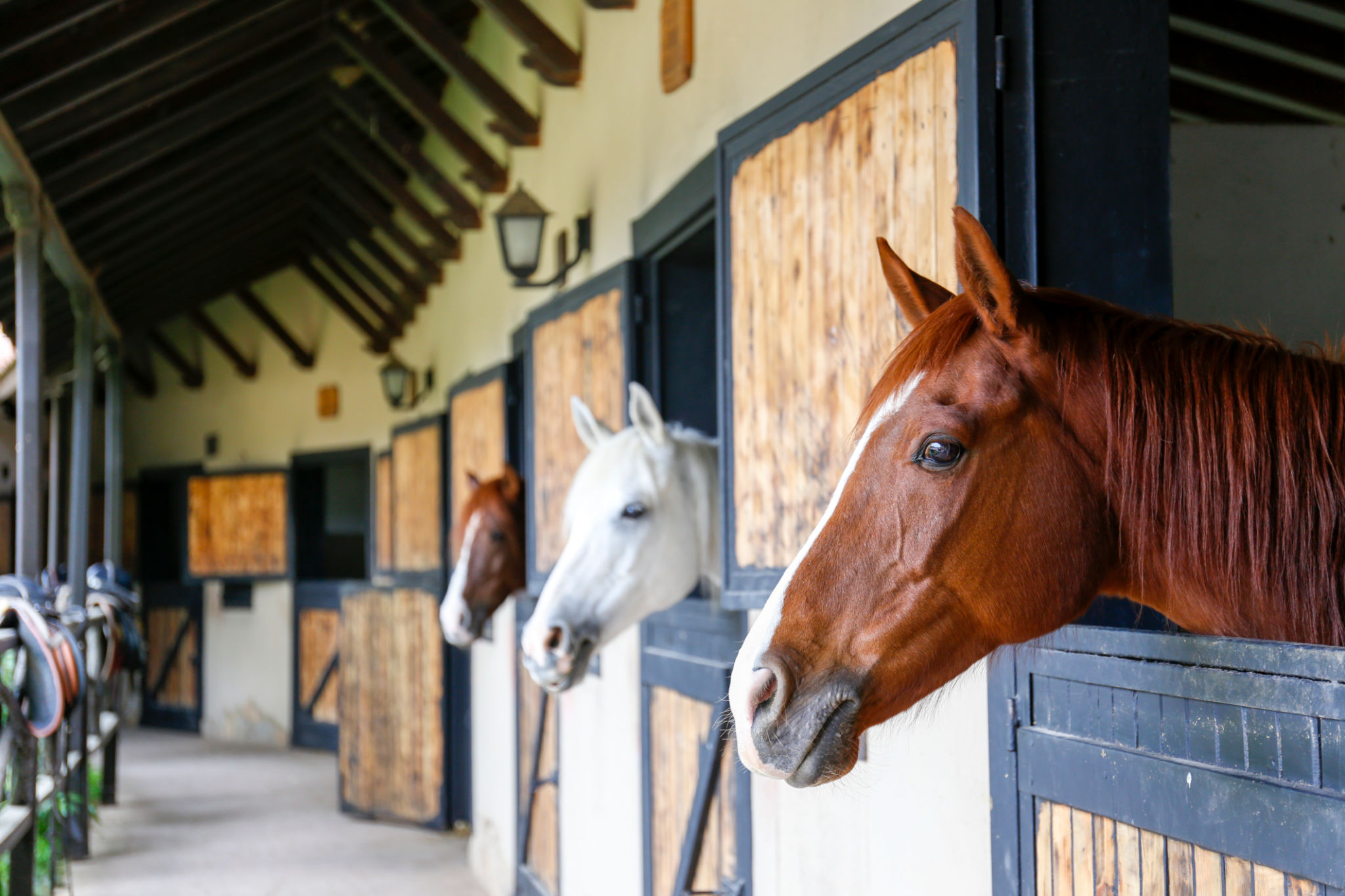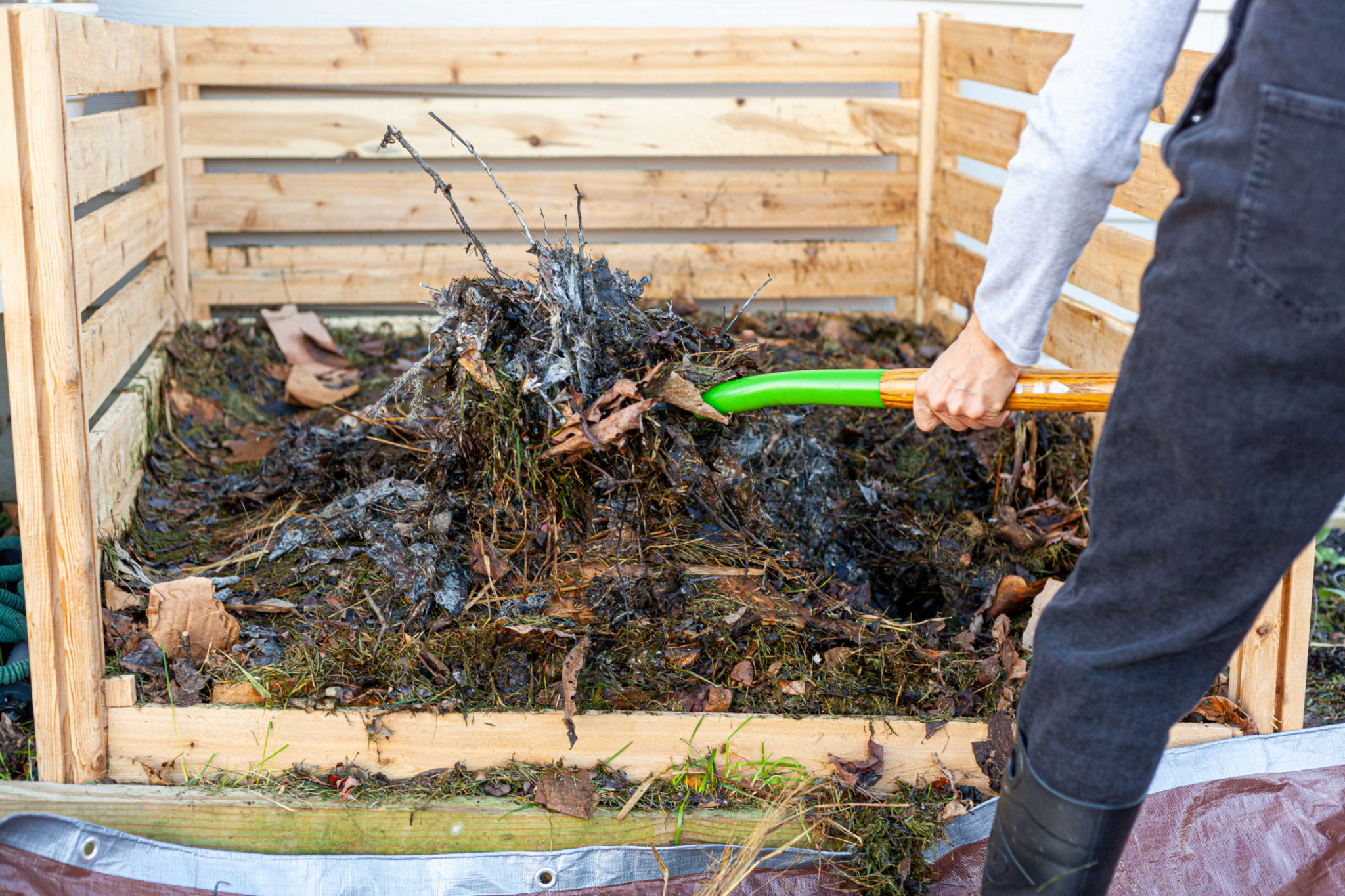Case Study: Successful Equine Waste Management Strategies in Action
Introduction to Equine Waste Management
Equine waste management is an essential aspect of maintaining a healthy and sustainable environment for both horses and their human caretakers. As horse enthusiasts and stable managers know, dealing with equine waste efficiently is crucial to ensure environmental compliance and promote sustainability. This case study explores some of the most successful strategies in action today.
Managing equine waste involves not only dealing with manure but also addressing issues related to bedding, water runoff, and odor control. Effective strategies can result in significant cost savings, improved animal health, and enhanced environmental stewardship.

Composting: A Natural Solution
One of the most effective ways to manage equine waste is through composting. Composting not only reduces the volume of waste but also converts it into a valuable resource. Many stables have implemented composting systems that transform manure and bedding into nutrient-rich compost that can be used to enhance pastures or sold as organic fertilizer.
The composting process involves several key steps:
- Collection: Gather manure and soiled bedding regularly.
- Aeration: Turn the compost pile frequently to ensure proper aeration.
- Moisture Management: Keep the compost pile moist but not waterlogged.
- Curing: Allow the compost to cure for several months before use.
By following these steps, stables can significantly reduce waste and create a valuable product.

Water Runoff Management
Another critical aspect of equine waste management is controlling water runoff. Unmanaged runoff can lead to nutrient pollution in nearby water bodies, affecting aquatic life and water quality. Successful strategies often include the installation of buffer zones, rain gardens, and swales to capture and filter runoff before it leaves the property.
Implementing these features not only helps protect the environment but also reduces the risk of erosion and flooding on the property. It's a win-win situation that enhances the overall sustainability of equine operations.
Innovative Technologies in Waste Management
Recent advancements in technology have opened up new possibilities for equine waste management. For instance, some stables have adopted anaerobic digestion systems that convert manure into biogas. This renewable energy source can be used to power facilities, reducing reliance on fossil fuels.
Additionally, innovative bedding products made from recycled materials can reduce waste volume while providing superior absorbency and comfort for horses. These technologies represent an exciting frontier in sustainable equine management.

Community Involvement and Education
Successful waste management strategies often involve community engagement and education. Stables can host workshops and open days to educate horse owners and the local community about sustainable practices. This not only fosters a sense of community but also spreads awareness about the importance of responsible waste management.
Through collaboration with local agricultural organizations and environmental groups, stables can further enhance their sustainability efforts and share best practices with a wider audience.
In conclusion, effective equine waste management is a multifaceted challenge that requires a combination of traditional practices and innovative solutions. By implementing these strategies, horse owners and stable managers can contribute to a healthier environment while reaping economic benefits.
